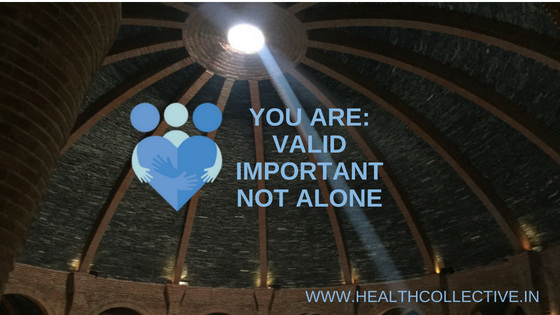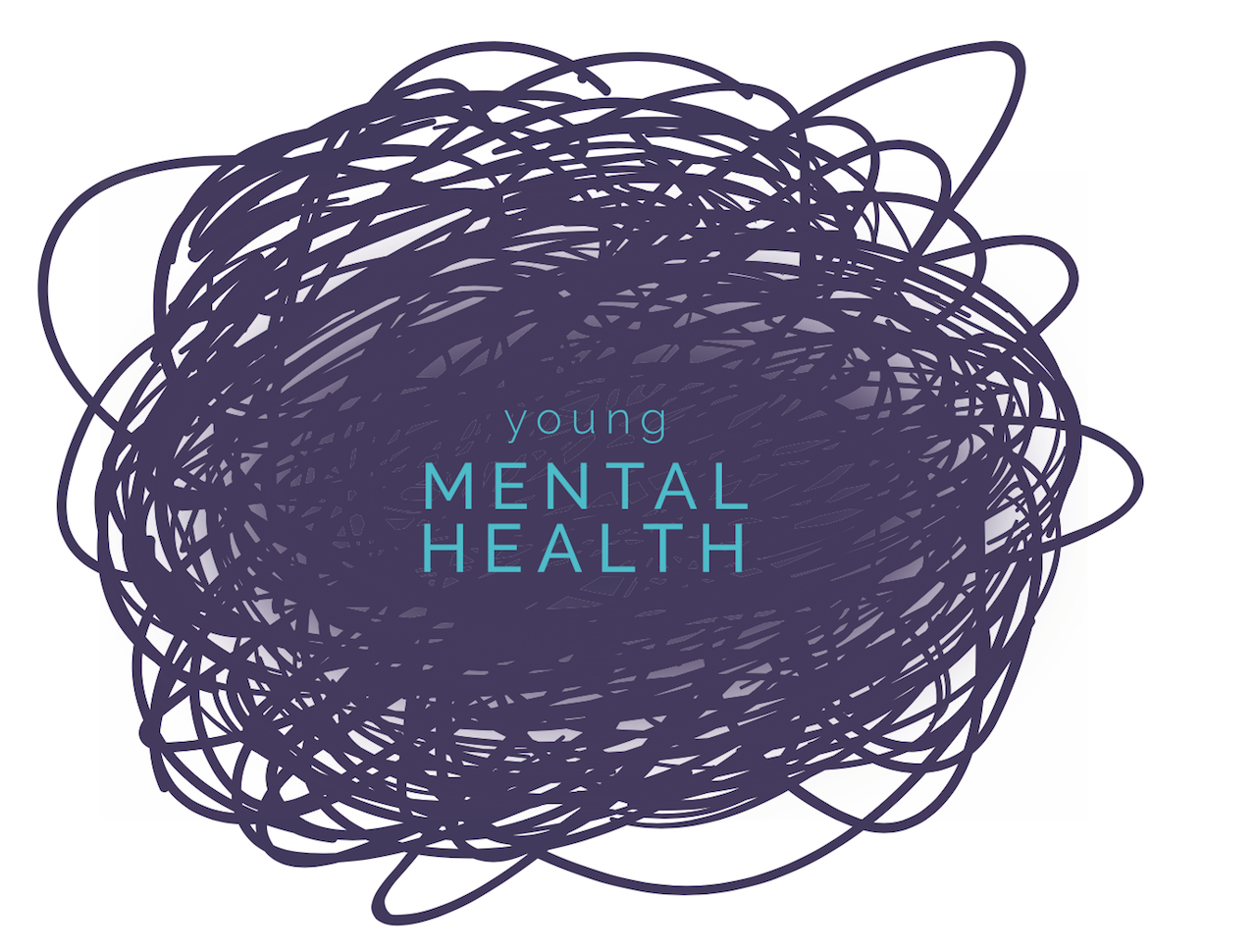Gaslighting: Red Flags
By Scherezade Siobhan
In recent times, we have all observed widespread and complicit attempts at gaslighting women in public and personal spheres. Whether it is questioning the veracity of assault survivors and their stories or continued social media targeting of a woman journalist to dissuade her from doing her job, we are all watching these heinous attempts as discrediting our spaces, stories and survivals. I could list an epic’s worth of daily harassment I witness on Twitter and Facebook. In my therapy sessions, I have encountered several clients who have narrated harrowing episodes from prolonged suffering at the hands of abusers that have included family members, partners, bosses as well as rank strangers.
Violence of a physical nature registers instantly with us because it stimulates the amygdala – a part of the brain that serves as the seat for processing autonomic responses to fear and aggression–into a quick reaction. Emotional violence is compounded and not as easily translatable. That, however, doesn’t take away from the injurious after-effects sustained by someone who has experienced it.
WHAT IS GASLIGHTING
Gaslighting is a term that describes destructive and abusive behaviours of a partner, friend, family member, co-worker, any significant other and/or people at large with whom you are in a continued emotional & psychological relationship or at least share some form of interpersonal, social space.
The term borrows its name from a play by British playwright Patrick Hamilton and was called “Angel Street” in the US. It detailed psychological abuse where a woman is forced into doubting herself through coercion aimed at falsifying her memory.
Gaslighting is a form of abuse in which attempts are made to shift & extort self-worth away from an individual or a group by constantly making them question their perception of reality through toxic manipulation. Incidents of bullying, domestic and intimate partner violence, cyber harassment, violence against marginalised communities are often some of the more widespread and commonly seen examples of gaslighting.

It is important to recognise that especially for those who experience mental illness or challenges, the effects of gaslighting can be more compounded and long-term. Therefore, it is absolutely significant to address the issue with clarity and depth so that people aren’t forced to feel abandoned or negated on account of harmful behaviors directed towards them by others.
A lot of times people in abusive relationships are unable to leave because their sense of self is reduced and depleted by way of being gas-lit on a regular basis.
ALSO READ: GASLIGHTING AND HEALING
Here are some ways in which abusive people tend to manipulate and belittle your emotional environment & its accompanying requirements:
- Labeling — Someone constantly labels you in a way that feels negative — “hypersensitive”, “crazy”, “drama queen”, “useless” etc. These labels are especially brought up when you express your point of view in a discussion or conversation and you are never given the leeway to explore why you are uncomfortable with these labels. E.g. — “So what if someone whistled at you on the street, you are always so sensitive about everything.”
- Draining — The “hoover maneuver”is employed by particularly narcissistic people just so they can suck emotional sustenance out of a significant in a draining and exhaustive way. A common example could be calling you up at work continuously when you are dealing with some tough deadlines and asking you to provide emotional labour for their own issues which can be solved later or aren’t pressing. If you fail to make yourself available, immediate verbal and psychological abuse is heaped onto you. If you try to explain your situation, you are responded to with aggression or passive aggressive bullying. E.g. — “You are NEVER there for me. You are no good for me.”
- Discrediting — Your viewpoint, opinions, expressions are constantly questioned and discredited in personal and public spaces. This includes making you mistrust your own truth and its expression. Trying hard to make you appear seemingly irrational or neurotic even for the most commonplace of conversations. E.g. — “You just like being depressed, isn’t that really the truth?” “You said you left at 3 pm but you weren’t home till 5 pm. Are you sure you are not lying?”
- Trivialising — You concern or worries are instantly reduced to nothing or brushed off as “crazy” or “sensitive” without a moment of pause to comfort you or have a real conversation about what’s going on. E.g. — “An 8 years old could handle this better than you.”
- Threatening — Direct or indirect threats towards your psychological, emotional and physical well-being as well the well-being of that which you hold dear and important, including children, family members, friends, pets, jobs etc. E.g. — “You’d better learn to behave yourself or I will come down to your work right now.”
- Shaming — Using prolonged underhanded and even obvious tactics to shame you for the smallest of things while also creating a dependency on them as a result. E.g. — “When it comes to tech, you are an idiot and always will be one. Wait till I come and fix this for you.”
- Reframing — De-contextualising your words or statements and turning them around to suit their own convenience. E.g. — “I don’t remember threatening to hit you, you are the one who keeps bringing it up and making me angry. You must have imagined it.”
- Masking — Sometimes the “gaslighter” will mask his persona rather well and shift between triggering and then displaying false compassion or concern. E.g. — “I only say this stuff (abusing/name-calling) so you can get stronger.”
- Denying — Refusing to take responsibility for their behaviours by completely tapping out and refusing to admit they have done something wrong despite your pointing it out. E.g. — Triggering your anxiety or depression and then saying “I didn’t do anything. It is just you and how you always tend to be.”
- Negative Questioning — Sometimes gaslighting can move from asserting their own toxicity to making you question your own sanity in a flash of seconds. E.g. — “Don’t you think you are not that great at public events?” “Aren’t you always depressed even when I do so much for you?”

These are some common ways in which abusive individuals use gaslighting to dismantle the mental and emotional functioning of people. This is merely a listing and not conclusive. Please don’t use this to self-diagnose and do seek out professional help to best navigate your situation for complete care & help.
Important Note: This post is meant to be informative and is not a replacement for therapy or sustained professional help that folks need and should have access to. Please always consult a trained mental health specialist and social support worker if you are experiencing mental health challenges.
ALSO READ: MORE IN OUR ASK THE EXPERTS SERIES
About the Author: Scherezade Siobhan is an award-winning Indo-Rroma Jungian scarab turned psychologist, mental health advocate, community catalyst, and a writer. She is the founder of The Talking Compass — a therapeutic practice that provides in-person, at-home and online counselling for people who need help with emotional and mental health. She is the creator and curator of The Mira Project, a global dialogue on women’s mental health, gendered violence, and street harassment. Send her puppies and cupcakes at nihilistwaffles@gmail.com
Disclaimer: Material on The Health Collective cannot substitute for expert advice from a trained professional
If you would like to share your story, do write to us here or tweet us @healthcollectif
Feature Image: By Rawpixel.com





Pingback: Pride and Love: How to Navigate Intimacy and Emotional Health
Pingback: Gaslighting: Legal Support and Protection
Pingback: Gaslighting: Getting Help and Healing